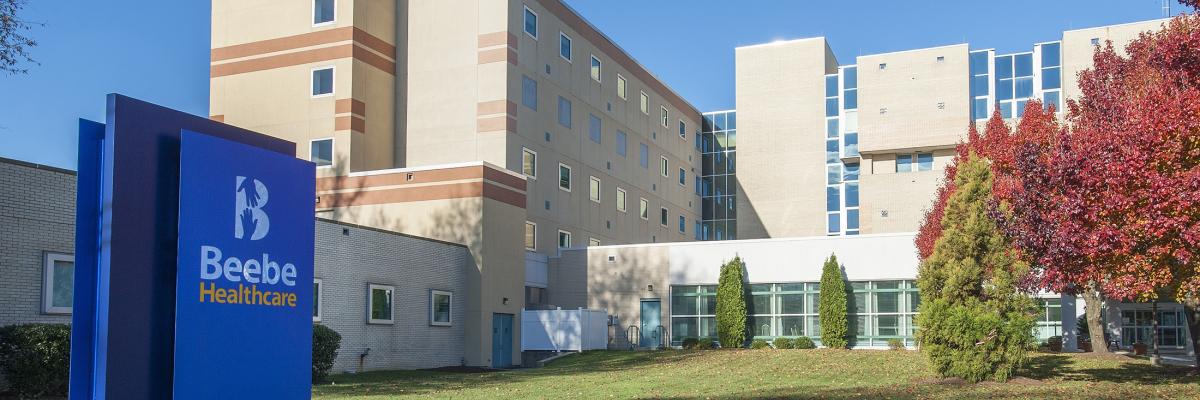Food and Fitness for Osteoporosis Prevention
About 10 million Americans older than 50 have osteoporosis. Take action to prevent osteoporosis with a diet rich in calcium and vitamin D and a bone-strengthening exercise plan.
Osteoporosis, often called a silent disease, is a bone condition that causes your bones to become brittle and weak. Your bones could easily break from bumping into your coffee table, falling, or sneezing. It’s referred to as a silent disease because you can’t feel or detect your bones getting weaker over time.
Under a microscope, normal bone looks like a honeycomb. With osteoporosis, the holes of the honeycomb are larger and the structure of your bones are abnormal.
Symptoms and Risk Factors
After the age of 50, breaking a bone may be the first sign of osteoporosis and mostly occurs in the hip, spine, and wrist. Broken bones in your spine may cause height loss and posture problems. These broken bones can also cause long-lasting pain. You may not be able to continue to do the activities you enjoy. Talk to your primary care physician about having a bone density test, starting at the age of 50, and ask how you can slow the progression of osteoporosis.
Women have a higher risk of osteoporosis than men because of the decrease in estrogen—a hormone that protects bones—during menopause. Also, women tend to have smaller bones than men. The risk of a woman breaking a hip is equal to her combined risk of breast, uterine, and ovarian cancer, according to the National Osteoporosis Foundation. Other risk factors include low hormone levels, tobacco use, being small and thin, and a family history of the disease.
Nutrition for Prevention
Consuming a sufficient amount of calcium and vitamin D daily throughout life is key to protecting against osteoporosis. Adults age 50 and older need 1,200 milligrams of calcium and 400 IU of vitamin D. Calcium can be found in milk, yogurt, orange juice, canned sardines, turnip greens, kale, and broccoli. Good sources of vitamin D are fortified milk, liver, egg yolks, natural sunlight, and supplements.
Exercise for Prevention
Regular exercise is a great way to strengthen your bones and maintain your bone mass. There are three types of exercises that will help you prevent osteoporosis.
- Weight-bearing exercises, where your feet, legs, or arms support your body weight. Walking, hiking, and dancing are weight-bearing activities.
- Resistance exercises, where you work against the weight of another object. Try using free weights or weight machines to create resistance.
- Flexibility exercises that promote flexible joints to help prevent injury. Enjoy yoga and tai chi to help increase your flexibility.
Did You Know?
Fish bones store calcium just like your bones do. Tiny bones in canned fish hold high levels of calcium. Enjoy them!
